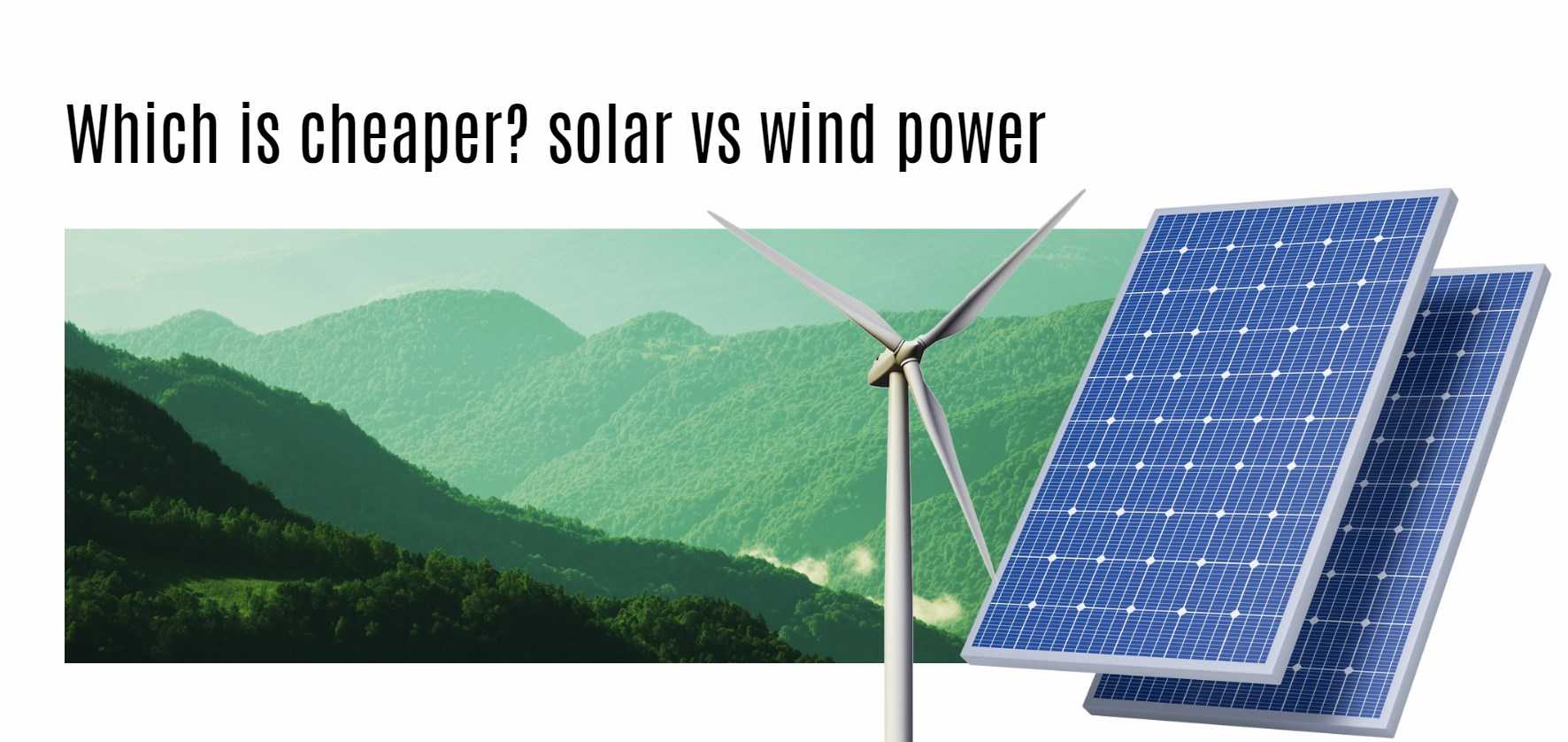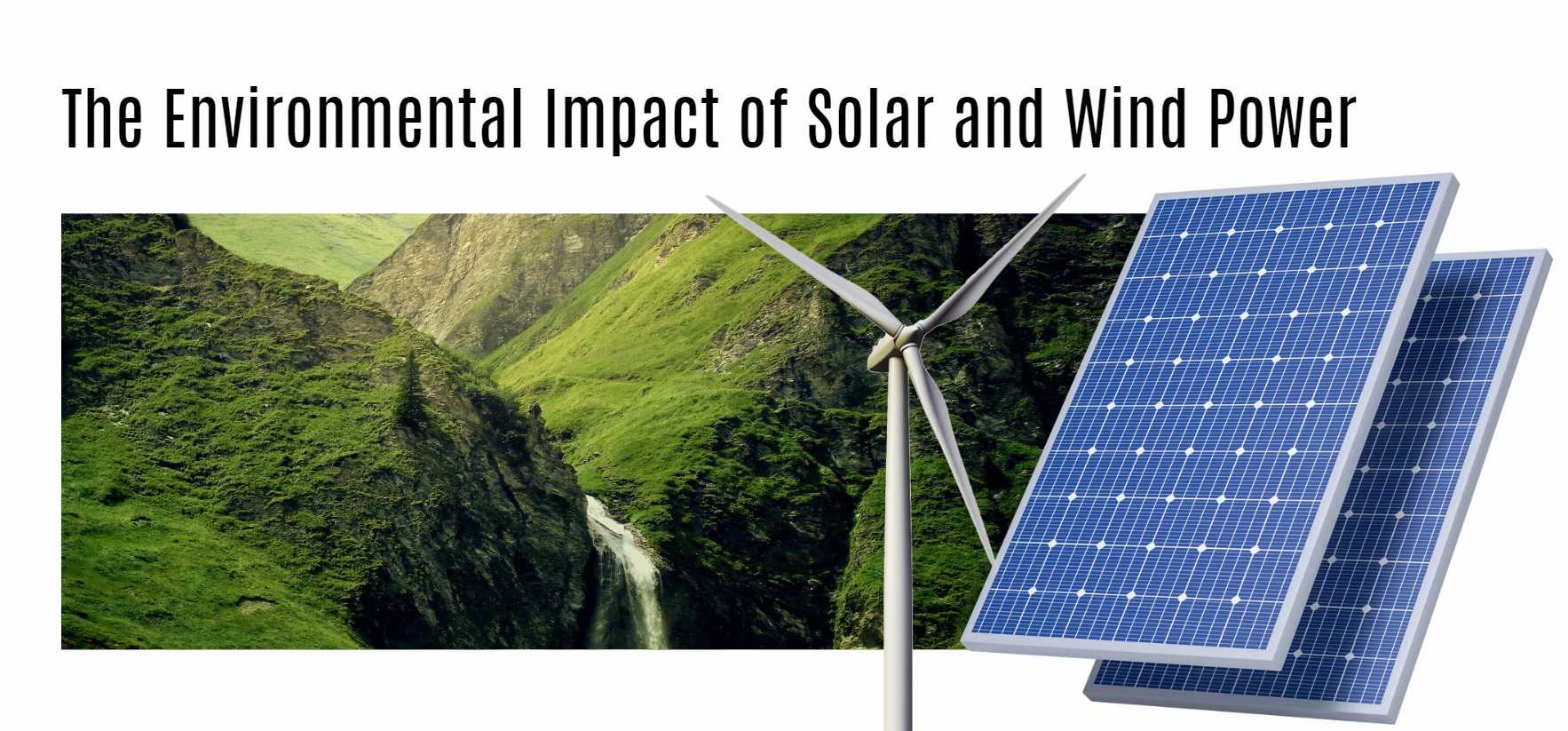Are you considering making the switch to renewable energy but unsure which option is more cost-effective? Solar and wind power are two popular choices that offer clean energy solutions. Let’s dive into the world of solar panels and wind turbines to determine which one might save you more money in the long run.
Cost Comparison between Solar and Wind Power
When it comes to comparing the costs of solar and wind power, there are several factors to consider. Solar power systems typically involve higher upfront costs due to the installation of solar panels on rooftops or ground-mounted arrays. On the other hand, wind turbines require significant initial investment in infrastructure and transportation.
The cost per kilowatt-hour (kWh) for solar energy has been steadily decreasing over the years, making it more competitive with traditional forms of electricity generation. Wind power also offers a cost-effective solution, especially in areas with consistent wind patterns.
Wholesale lithium golf cart batteries with 10-year life? Check here.
Maintenance costs play a crucial role in determining the overall expense of both types of renewable energy sources. Solar panels require minimal maintenance once installed, while wind turbines may need regular inspections and repairs.
The cost comparison between solar and wind power depends on various factors such as location, available incentives, technological advancements, and project scale. Both options present viable solutions for sustainable energy generation in the long run.
Want OEM lithium forklift batteries at wholesale prices? Check here.
Factors Affecting the Cost of Solar and Wind Energy
When considering the cost of solar energy, factors like the location’s sunlight exposure and the quality of solar panels play a significant role. Areas with more sunshine tend to generate more electricity, making them more cost-effective for solar power. Additionally, advancements in technology have made solar panels more efficient and affordable over time.
On the other hand, wind energy costs are influenced by factors such as wind speed and consistency at a specific location. Regions with strong and consistent winds are ideal for wind power generation, resulting in lower costs per kilowatt-hour. The size and type of wind turbines also impact the overall expenses associated with harnessing wind energy.
Moreover, both solar and wind power costs can be affected by government policies and incentives that promote renewable energy adoption. These incentives can include tax credits, rebates, or feed-in tariffs that help offset installation expenses for individuals or businesses looking to invest in clean energy sources.
The Environmental Impact of Solar and Wind Power
When it comes to the environmental impact of solar and wind power, these renewable energy sources have a lot to offer. Solar power generates electricity by harnessing energy from the sun, while wind power utilizes the natural force of the wind to produce energy. Both options are clean and sustainable, producing zero greenhouse gas emissions during operation.
Solar panels can be installed on rooftops or in remote locations, enabling individuals and communities to generate their own electricity without relying on fossil fuels. Wind turbines use land efficiently, allowing for agricultural activities to coexist alongside clean energy production.
By reducing our reliance on non-renewable resources like coal and oil, solar and wind power help decrease air pollution and combat climate change. Embracing these technologies is not just about saving money; it’s about preserving our planet for future generations.
Government Incentives for Solar and Wind Energy
Government incentives play a significant role in promoting the adoption of renewable energy sources like solar and wind power. These incentives can take various forms, such as tax credits, rebates, grants, or favorable financing options. By offering financial support and other benefits to individuals and businesses investing in solar or wind energy systems, governments aim to accelerate the transition towards sustainable energy production.
In the United States, for example, the federal government provides Investment Tax Credits (ITC) for both solar and wind projects. This incentive allows taxpayers to deduct a percentage of their investment in renewable energy from their taxes. Many state governments also offer additional incentives on top of federal programs to further encourage clean energy development.
By reducing the upfront costs associated with installing solar panels or wind turbines, these incentives make renewable energy more accessible and affordable for consumers. Additionally, they help drive innovation in clean technology by creating a supportive environment for research and development initiatives.
Advancements in Technology and Future Cost Predictions
Advancements in technology have played a significant role in driving down the costs of both solar and wind power. As innovation continues to progress, we can expect further improvements in efficiency and affordability for renewable energy solutions.
For solar power, advancements in photovoltaic technology have led to higher conversion rates and reduced manufacturing costs. This has made solar panels more accessible to consumers and businesses alike.
On the other hand, developments in wind turbine design have increased their efficiency and durability, lowering maintenance expenses over time. Innovations such as taller towers and longer blades have enabled wind farms to capture more energy from the wind.
Looking ahead, experts predict that continued technological enhancements will lead to even lower costs for both solar and wind power. As research pushes boundaries and new breakthroughs emerge, the future looks promising for renewable energy adoption on a larger scale.
Conclusion: Which is the More Cost-Effective Option?
When considering the cost-effectiveness of solar versus wind power, it ultimately depends on various factors such as location, installation costs, government incentives, and advancements in technology. Both sources of renewable energy have their advantages and disadvantages in terms of cost.
Solar power has seen significant reductions in costs over the years due to advancements in technology and economies of scale. The initial investment for solar panels can be higher compared to wind turbines, but maintenance costs are generally lower.
On the other hand, wind power may require a larger upfront investment for the installation of turbines. However, once operational, wind farms can generate electricity at a consistent rate with minimal ongoing expenses.
In conclusion: both solar and wind power have become increasingly cost-effective options for generating clean energy. The decision between the two will depend on individual circumstances and priorities. It’s essential to consider factors like location, available space, budget constraints, and long-term sustainability goals when choosing between solar and wind power. Both sources offer viable solutions for reducing carbon emissions and transitioning towards a more sustainable future.







